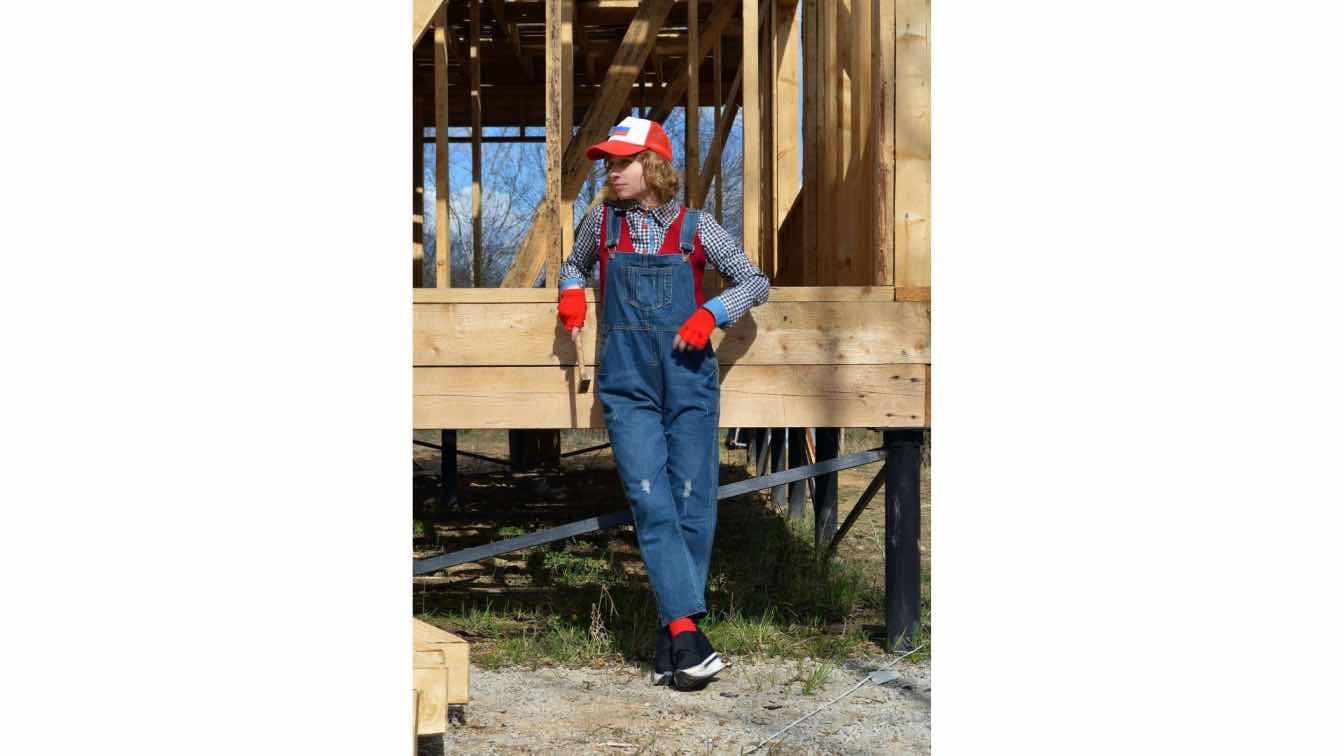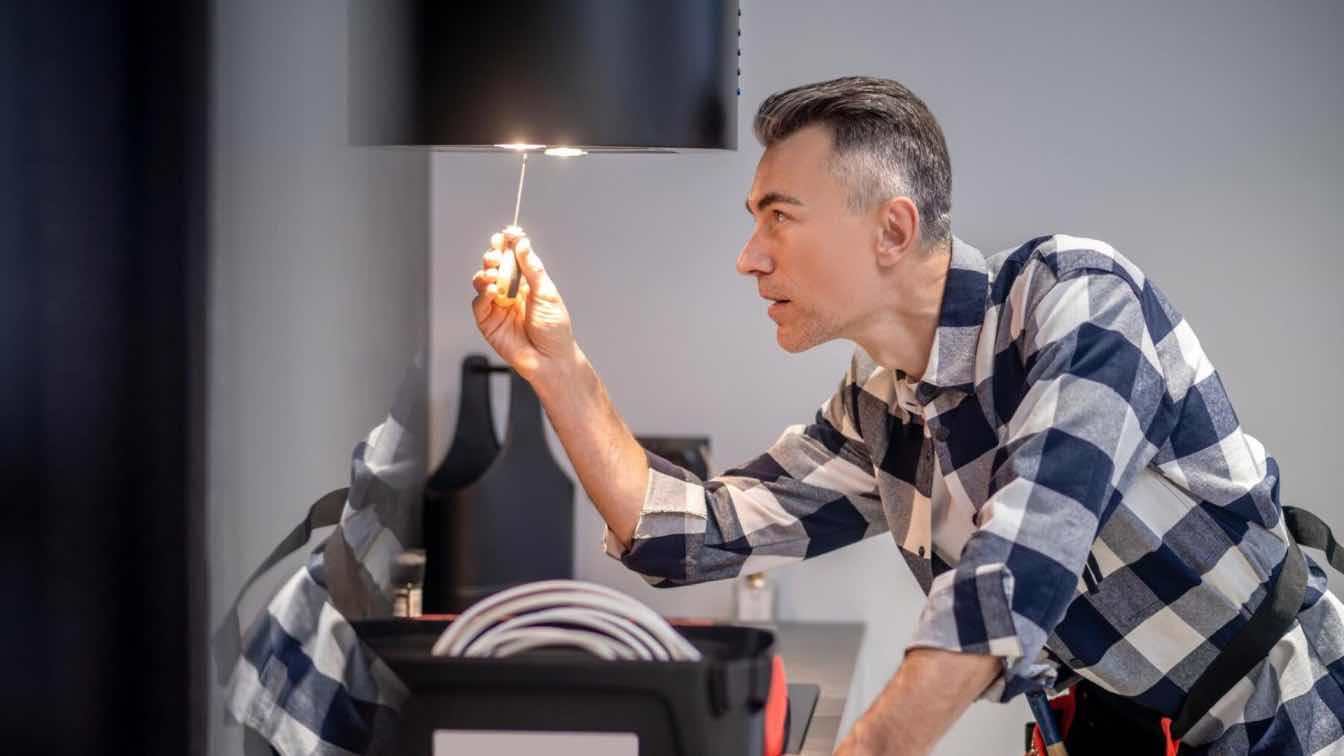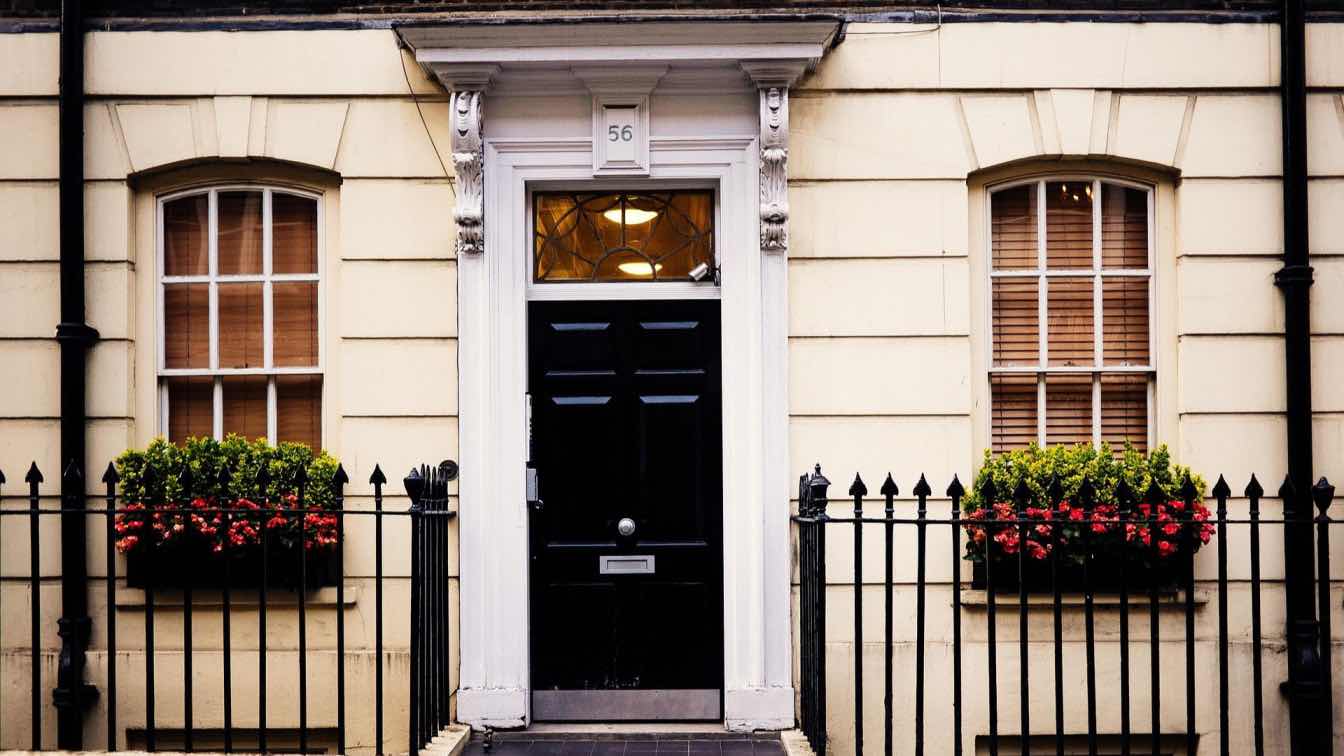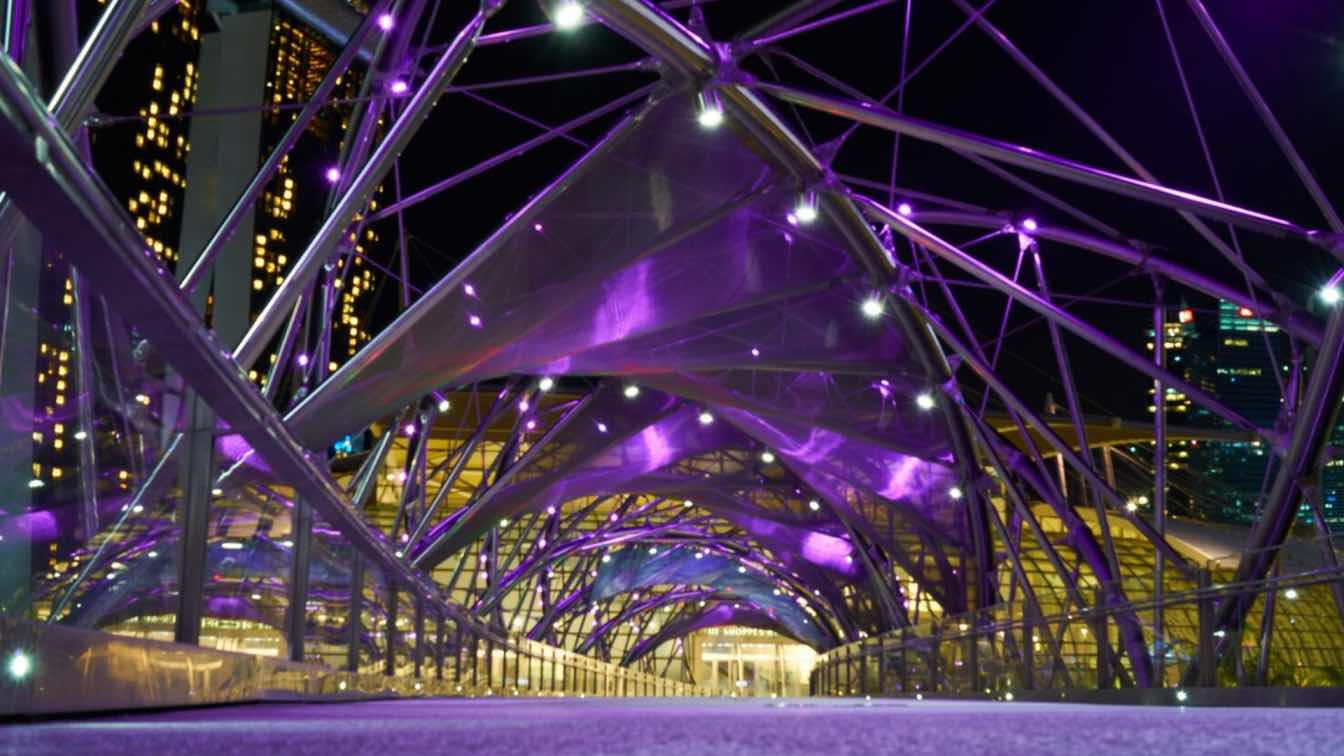Home maintenance generally reminds one of the kitchen, the living room, or maybe the yard. In such a case, there is that place, just as important yet hardly ever given attention: the crawl space. That small, sometimes dark, narrow space beneath your house is unassuming in appearance, yet it plays an indispensable role in the integrity and health of your entire house. Poor crawl space maintenance could contribute to many home problems: mold, poor air quality, infestation of pests, sewage backups, and so on. The area needs regular maintenance so your living space will be safe and comfortable. In this article, we explain the importance of keeping crawl spaces clean and dry, point out several crawl space problems generally found in households, and give clear active steps a homeowner could make regarding maintaining or restoring the spaces against further damage.
What is a Crawl Space?
Before diving deep into the tips for maintenance, let's understand what the crawl space is and why it matters.
A crawl space is a small, usually uninhabited area beneath the first floor of a building; it is interposed between the ground and foundation of the home, usually serving for plumbing, wiring, and HVAC systems, among other infrastructures whose accesses are needed but that may not have to be accessed directly in everyday operation.
While crawl spaces are great for utility management and ventilation, they predispose a home to numerous problems. When these places remain unattended, they may promote moisture, bug, or even structural issues with your house.
Common Crawl Space Problems: Understanding the Risks
There can be numerous reasons contributing to crawl space problems. The most basic ones include:
1. Excess Moisture and Mold Growth
A common crawl space problem, especially for residents migrating from highly humid climates or heavy rainfall areas, is the manifestation of moisture. Where there is moisture that doesn't get dried up, it invites mold to live in and flourish. If mold builds up within your crawl space, it means the crawl space extends all over your home, polluting the indoor quality of air to highly unhealthy levels to breathe.
2. Poor Ventilation
Most crawlspaces are characteristically poorly ventilated. Crawl spaces are commonly associated with an accumulation of dead air and the resultant moisture. Poor ventilation at crawlspaces will facilitate mold and mildew and aggravate moisture-related problems. When it lacks proper ventilation, the health hazard from mold and dust mites increases.
3. Infestation by Pests
With this area's dark and moist conditions, it becomes very inviting for critters such as rodents, insects, and termites. The risks they may pose to your home are mostly structural damage by gnawing through woods, insulation, and wirings. The critters could leave dung with adverse health risks and repulsive odors, too.
4. Water or Sewage Structural Damage
Water can seep into the crawl space due to many causes, like leaking pipes, groundwater, and poor drainage around the house, among many more. Over time, the extra added moisture has compromised the structural integrity, with the repairs potentially becoming prohibitively expensive. Worst may be sewage backup inside crawl spaces; these adverse health impacts call for immediate clean-up and remediation.
How to Clean and Maintain Your Crawl Space
To maintain a healthy home and family, it is essential to clean your crawl space regularly. Follow these steps to ensure your crawl space is safe and well-maintained.
1. Periodic Crawl Space Inspection
First things first in crawl space cleaning: regular inspections. Every three to six months, crawl under your home, looking for any signs of water damage, mold, or pest infestation. Check for signs of standing water, including water stains on the walls or beams and musty smells that may indicate mold or mildew. Also, check out the insulation, electrical wiring, and plumbing conditions. If you notice serious problems or deterioration, try to replace them immediately before they worsen.
2. Cleaning Off Debris and Old Insulation
After identifying the problems, clear the debris, leaves, dirt, or old insulation. Old and torn insulation will trap moisture, further deteriorating the problem; you might have to replace the insulation to make your crawl space energy-efficient and resistant to moisture gathering.
3. Installation of a Vapor Barrier
One way to effectively control moisture in crawl space can be attained is by installing a vapor barrier. A vapor barrier can simply be defined as plastic laid over the ground to block off the rise of moisture in the crawl space. This will also be essential in preventing mold growth, hence protecting your home's foundation.
4. Improve Ventilation
It should be well-ventilated, allowing air to move and not allowing moisture to form. You can install fans in case of ventilation and leave the ventilators open to let the air move around you. This reduces humidity since there is enough space to blow air; thus, mold and mildew do not grow.
5. Taking Care of Mold and Mildew
If you start to see mold or mildew, that's your warning sign. You can scrub those areas of concern with mold-killing cleaners or even hire a professional mold remediation service if that's dire. Regular treatment and cleaning will stop further mold growth in your crawl space.
When to Hire a Pro to Take Care of Your Crawl Space
While a homeowner can do some jobs in crawl spaces, including cleaning out debris or even a vapor barrier installation, other jobs call for professionals. Following are some situations you might want to consider calling in an expert:
Sewage or Water Contamination:
Sewage or other types of contamination in a crawl space are highly recommended for the use of a specialist cleaning service. Contamination in the crawl space can have serious health implications, and any contamination should be cleaned, sanitized, and washed properly by a professional.
Suspected Infestation:
Most crawl spaces are prone to unwanted animal intrusion, including rodents, insects, and many small animals. The pest control professional will remove the rodents or insects from the space and safely prevent further infestation.
Structural Issues:
Structural issues around your crawl space foundation or wooden beams do require an expert to be called in to assess the damage and perform the needed repairs. These types of issues tend to compromise a house's integrity and safety.
Excessive Growth of Mold:
Whenever mold has been grown all over, professional services for mold remediation will be handy in such conditions to carry out the remediation work. They will have the equipment necessary to remove mold safely and eliminate further growth of molds.
Preventative Measures to Keep Your Crawl Space Healthy
Now that your crawl space is clean and dry, it's time to take measures to prevent future problems. The following preventative measures will ensure long-term maintenance of the crawl space in your house:
1. Proper Installation of Drainage
Ensure that the soil around your home is graded so it directs water away from your foundation, and clean your gutters often with working downspouts to prevent build-up in the crawl space.
2. Seal Cracks and Gaps
Seal the gaps and cracks that lead to a crawl space's foundation. This prevents moisture from seeping inside your home, along with the various bugs and cold air. It will be a much more energy-efficient means with regard to the interior of your home.
3. Avail a dehumidifier
High exterior humidity areas are well off running a dehumidifier in your crawl space as this may be a very effortless way of maintaining low moisture. This is most important during the hotter months of the year when humidity is higher.
Wrapping Up
The healthy crawl space will give way to a safe, comfortable, and energy-efficient house. You can find many ways to keep your home safe from mold, pests, and structural damage through periodic crawl space inspections, fixing moisture issues, and using certain prevention measures. You could consider finding professionals for the job, especially when you must get your crawl space cleaned as soon as possible due to sewage or any other serious issue. Now, a clean and dry crawl space will contribute to general health and protect your living space from certain dangers that might pile in.





